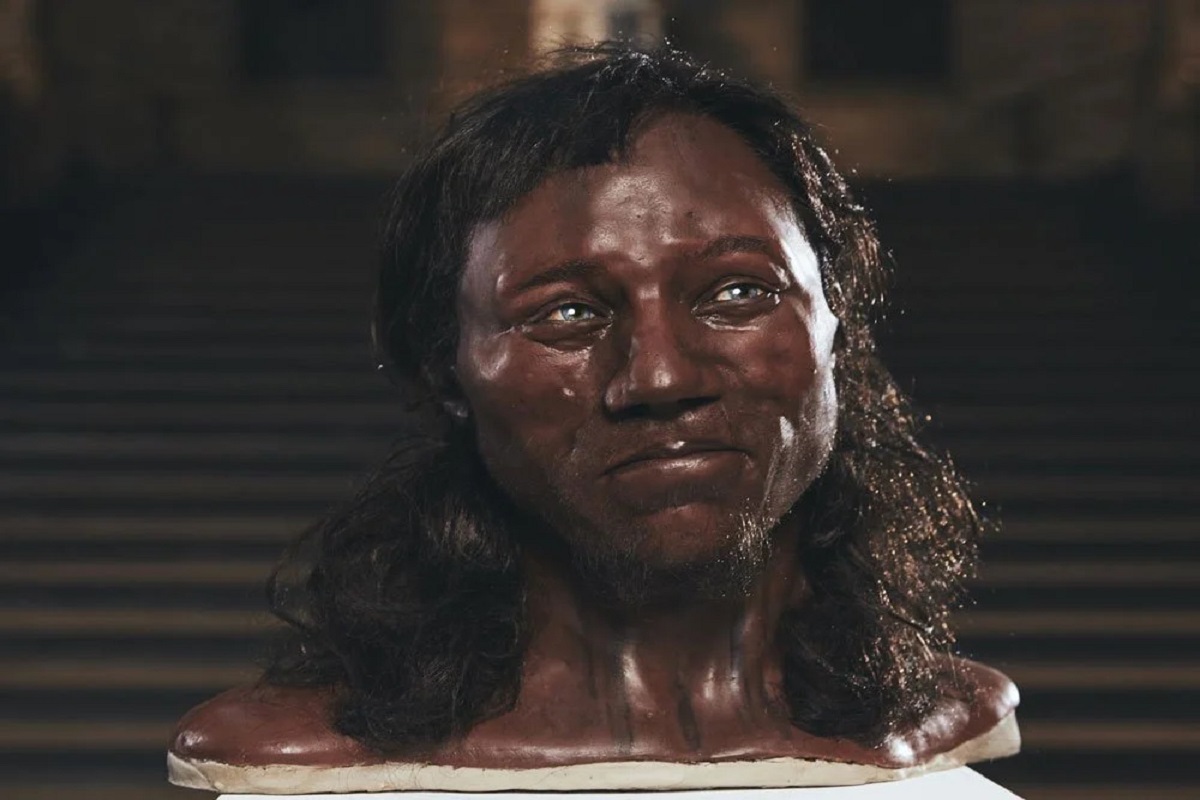In 1903, 10,000-year-old human remains were discovered in Cheddar Gorge, Somerset, England. Known as Cheddar Man, this individual is one of the oldest known skeletons found in Britain. Extensive research has revealed various details about him. He was about five feet tall, in good health.

He probably died in his early 20s. However, a recent genome analysis of Cheddar Man’s appearance suggests that he had dark brown skin and blue eyes. This discovery challenges previous ideas about the evolution of human skin color.
The genome analysis was carried out by researchers at the Natural History Museum in London. DNA was extracted from Cheddar’s ear bones. University College London then used this DNA information to create a reconstruction of Cheddar Man’s face that represented his dark complexion, deep brown hair, and light blue eyes. This reconstruction process will be featured in an upcoming documentary on Channel 4 in the UK called “The First Brit: Secrets of 10,000-Year-Old Man”.
Cheddar Man’s appearance is significant because he was among the first emigrants. Earlier humans had temporarily settled in the region but were forced to leave during various ice ages. About ten percent of people of white British descent are descended from this group. Earlier depictions of the Cheddar Man described him with pale skin and light hair, but recent discoveries challenge this representation.
Light skin is thought to have been advantageous for the first humans to leave Africa 40,000 years ago, as it provided protection against the sun in sunny climates. The discovery contributes to a growing body of research and indicates that the evolution of human skin color is more complex than previously thought.
